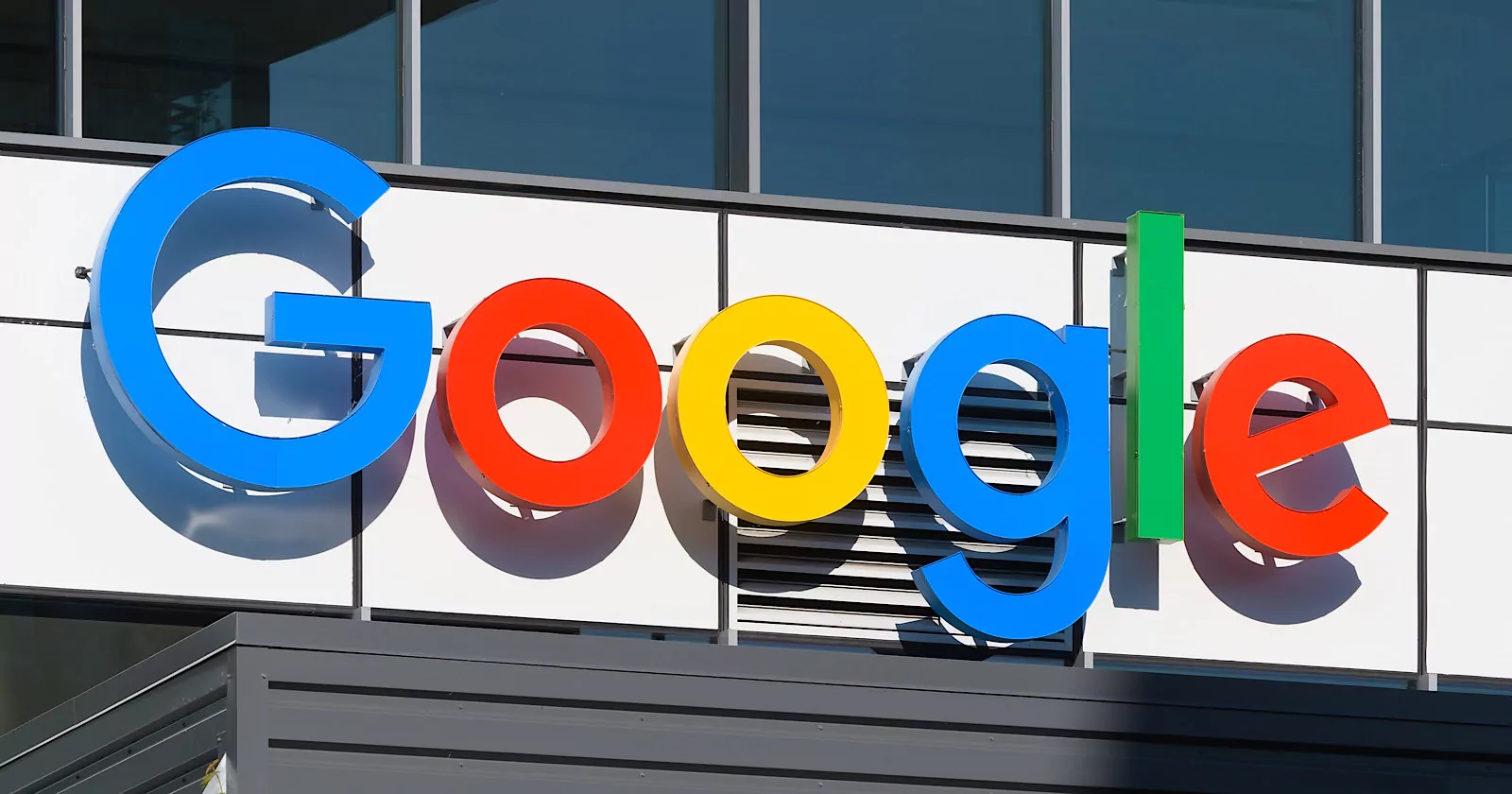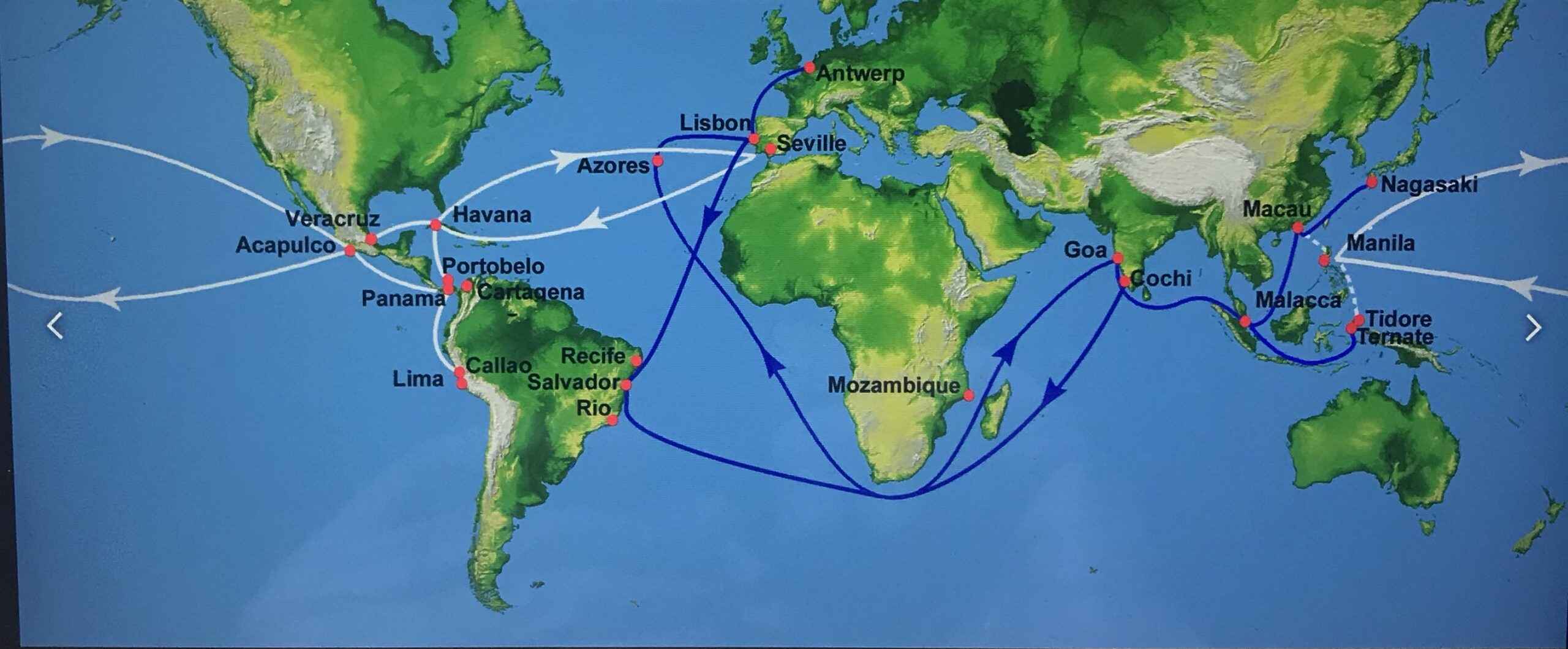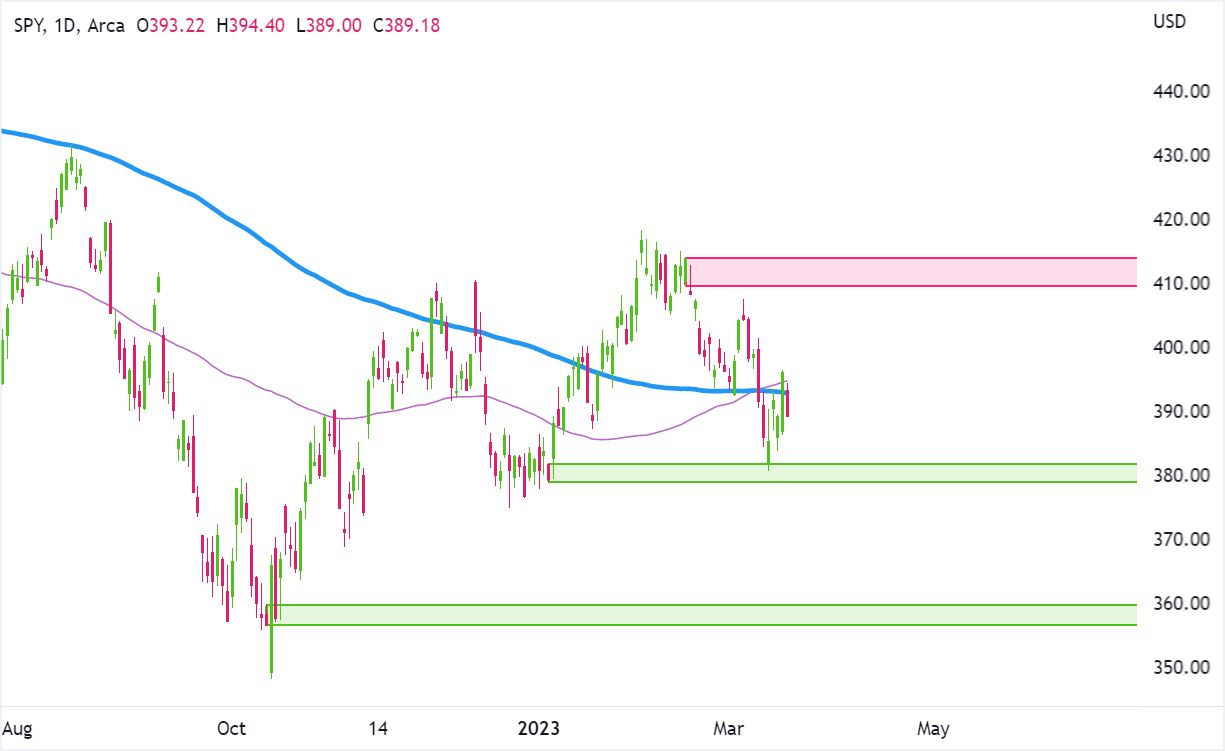Google has announced its plans to construct a new subsea cable called “Humboldt,” which will directly link Chile with Australia, passing through French Polynesia. This groundbreaking initiative marks the first cable of its kind to directly connect South America with the Asia-Pacific region. The cable is named after Alexander von Humboldt, a renowned German polymath and explorer.
Key Takeaway
Google’s initiative to build the Humboldt subsea cable represents a significant step towards enhancing global connectivity by directly linking South America with the Asia-Pacific region.
Expanding Connectivity
The Humboldt subsea cable project is part of Google’s broader efforts to enhance global data connectivity. Over the past 15 years, Google has invested in more than a dozen similar subsea cables. The company’s journey in this domain began in 2010 with the construction of the Unity cable, which spanned approximately 6,000 miles across the Pacific Ocean, linking California with Japan.
Unique Connectivity
While numerous submarine cables traverse the Pacific Ocean, most of them primarily connect Asia with North America. In contrast, the Humboldt cable will establish a direct link between South America and the Asia-Pacific region, filling a crucial gap in global connectivity.
Collaborative Effort
Unlike its previous cable projects, Google is collaborating with Chile’s Desarrollo País and Office des postes et télécommunications de Polynésie française (OPT) for the construction of the 9,200-mile (14,800KM) Humboldt cable. This collaborative approach underscores the significance of international partnerships in building robust internet infrastructure.
























